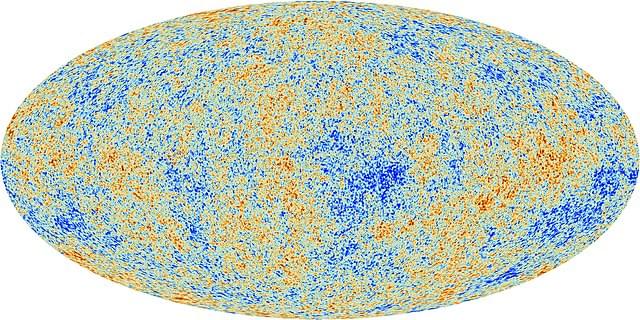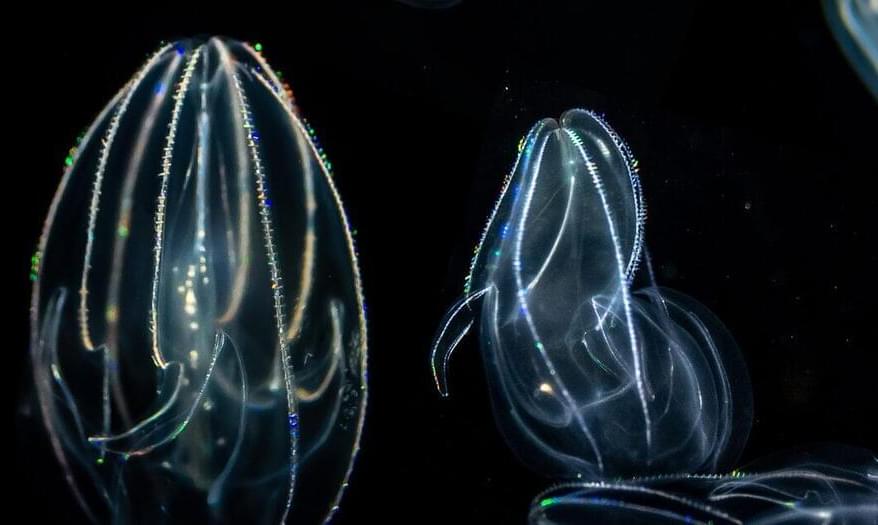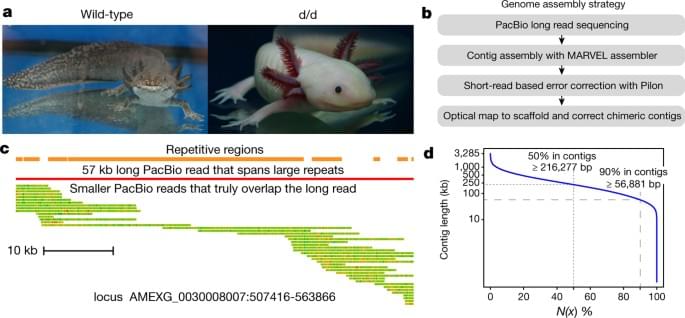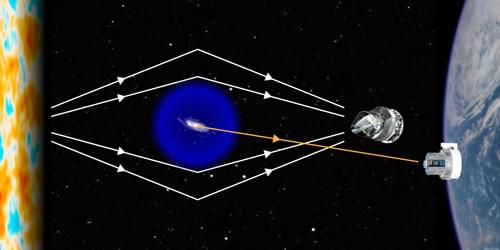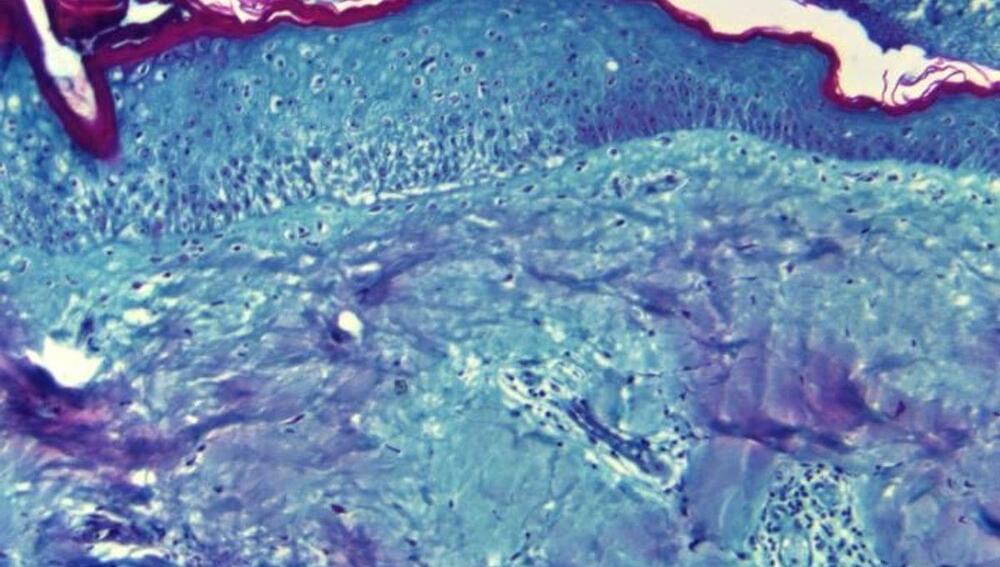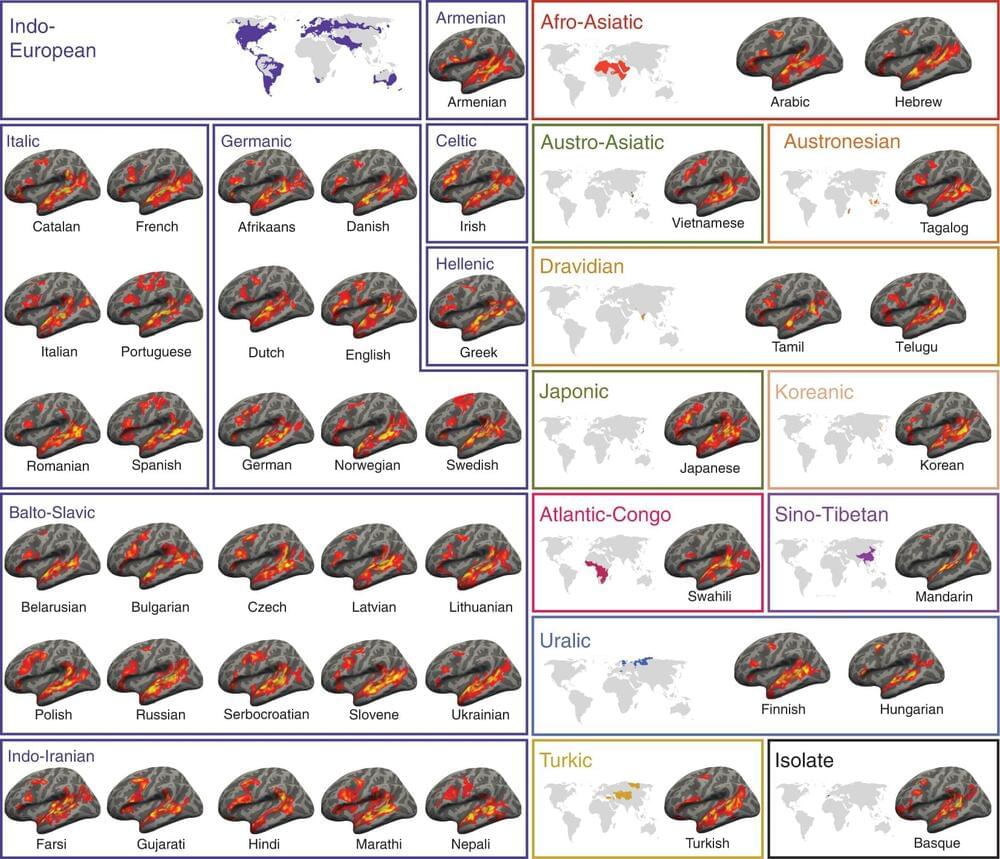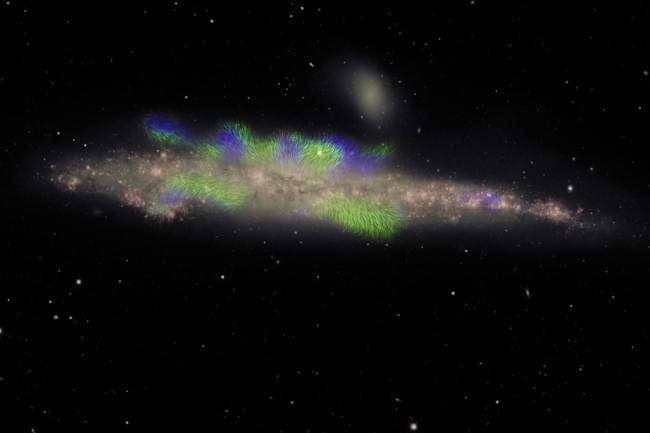Verse Uni This sometimes comes up: Could the universe have always existed? The problem is, if the universe had existed for an infinite amount of time, everything that could possibly happen must already have happened an infinite number of times — including that … See more.
In cosmology, the steady-state model is an alternative to the Big Bang theory of evolution of the universe. In the steady-state model, the density of matter in the expanding universe remains unchanged due to a continuous creation of matter, thus adhering to the perfect cosmological principle, a principle that asserts that the observable universe is practically the same at any time and any place.
